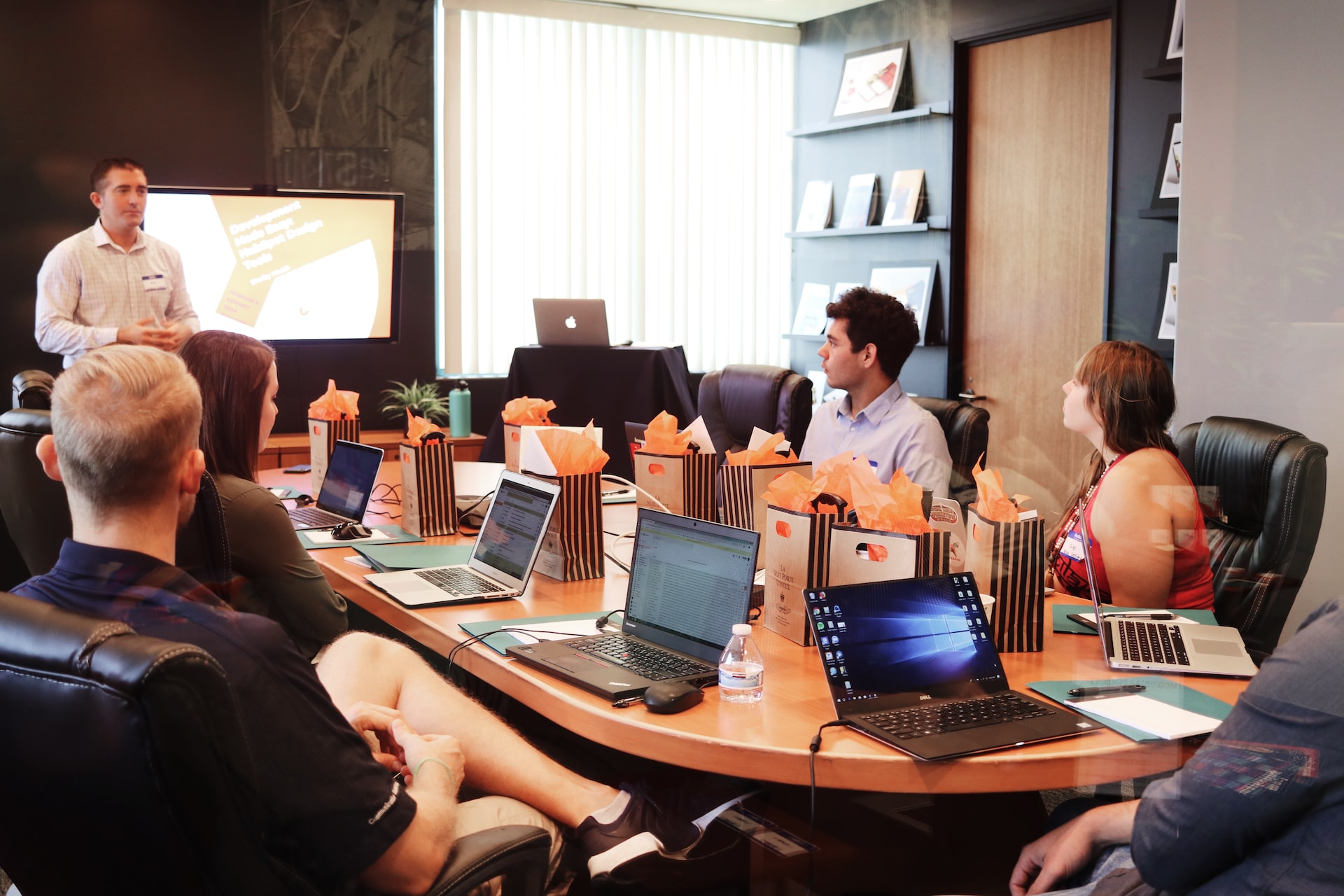Employee development and training can be a good investment—or not. When you want to implement development and training programs, it’s important that they’re done right. Making mistakes on your corporate training can do much more than translating incorrect information. You can also demotivate your staff, set employees for failure and risk, and ultimately, lose your organization money. So, before anything bad happens, it’s better to know what those red flags are and prevent them from happening. Take note of these corporate training mistakes that you should definitely avoid!
5 Corporate Training Mistakes You Should Definitely Avoid
Not knowing your audience and their needs
One crucial mistake to avoid in corporate training is not knowing your audience and their needs. Your audience is your learners. They’ll be the ones attending the training and they’ll be the ones who are expected to apply what they learned in their work. You have to consider the following for your employee development program:
- What topics or subjects do your audience need to learn?
- In which level do your audience belong—beginner, intermediate, advanced, or expert?
- What method or methods of learning work best on your audience?
A great hack in designing your employee development program is asking your employees. Rather than assume, it’s better to listen to what they have to say, and then tailor your programs to fit their needs. You may also administer assessments such as personality and skills tests to get data on the developmental needs of your staff.
Not knowing what you’re talking about
You can’t teach others what you don’t know. This rule also applies to corporate training programs. While organizations are open to investing in the development of their employees, it can be costly to outsource the content, program, or even facilitators. This situation can lead them to create their own content or plan to copy and quote existing ones.
While these practices are not wrong, the question of the expertise of the facilitator comes into question. As the one responsible for disseminating and making the people understand the subject matter, the facilitator should be able to do his job effectively, and also clarify things for the learners.
If you plan to facilitate yourself, make sure that you study the topic. And if you’re planning to outsource a facilitator, carefully evaluate their profile on whether they have the qualifications to teach the topic.
Your content and method is not engaging
How will you know if your training program truly resonates with your audience? The answer: learner engagement. In an ebook by TalentLMS, they define learner engagement as a measure that reflects the quantity and quality of a learner’s participation in their courses and every other aspect of their educational program. In simple words, learner engagement is the measure of a potentially successful learning experience for all the parties concerned.
To better understand this concept, imagine two people in a training program. One is actively listening, participating, motivated, and engaged, while the other is bored, often looking down and checking the phone, and is halfway to falling asleep. Which of them do you think certainly gained knowledge from the program and will most likely improve performance in the areas discussed in the training? It’s the engaged learner.
So, if you want your learning and development programs to be successful, you have to strive for engagement. And that can’t happen if your content and your training method are not. Just because it’s corporate training doesn’t mean that it can’t also be fun and engaging. Here are some things you can do to make your training engaging: adopt gamification techniques for your learning and development, using multimedia—video, pictures, visual aids, etc.—to present your content, and using different methods to interact with your audience such as roleplays and workshops.
Training for irrelevant things
What’s the ultimate goal of corporate training? It should help the audience be more productive employees that will help the company achieve its business objectives. You may have engaging content and a good facilitator, but will you really benefit from it if it isn’t relevant to your company’s business objectives?
Invest in training programs that not only do your employees need but also your company. Choose or create a simplified, distilled, and fit-for-your-audience curriculum for your programs. Sharing shortcuts, hacks, tips, and anything that can make your learner’s lives easier are also welcome.
Treating training as a one-and-done deal
You’ve successfully executed your training program. Congratulations! But, what’s next?
One of the most common corporate training mistakes is thinking that training is a one-and-done deal. The workplace is constantly evolving. To not be left behind, you and your employees need to be able to adapt. And one of the ways to be more adaptable is to continuously learn.
Your organization should start shifting from offering one-time training to providing ongoing learning and development opportunities. This will also help you with employee engagement and retention, preventing memory drain, and creating a more future-proof culture in your workplace.
Don’t set your employee development for failure. We hope that by knowing the 5 corporate training mistakes above, you’ll be able to design a more effective employee development program for your organization!
People Dynamics can also help you with your employee development needs! People Dynamics offers public and in-house training programs, seminars, workshops, certification programs, and team building in the Philippines. For more information, contact us here, email us at solutions@peopledynamics.ph or call us at the following numbers: (02) 8 635 0016 / 8 637 8770 / 8 635 9215.




